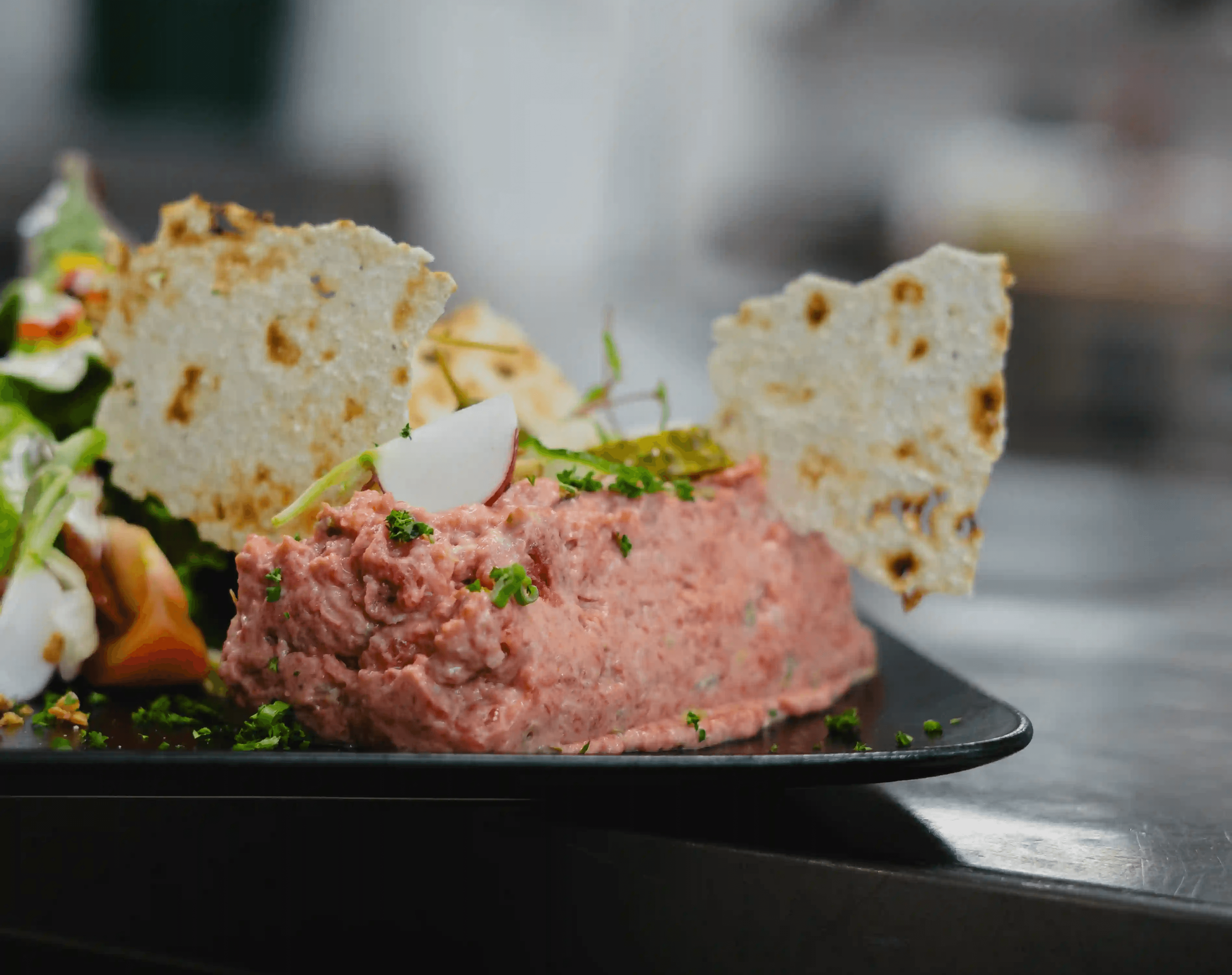Tinvisuals
Photographer | Videographer |
Content Creator
Tinvisuals
Photographer | Videographer |
Content Creator
I have a passion for creating images that capture the beauty of moment.
Food Photography
Food Photography
Food Photography: Making Culinary Art Look Irresistible



10 OCT 2024
Food photography is an art form that beautifully merges the worlds of gastronomy and aesthetics. It goes beyond merely documenting a dish; it’s about evoking the senses—taste, smell, texture, and even the joy of sharing a meal with loved ones. From glossy magazine spreads to mouthwatering social media posts, food photography plays a crucial role in how we experience and perceive food. A well-shot food photo can make a viewer’s mouth water, enticing them to try a new dish or visit a restaurant.
The Role of Food Photography in the Culinary World
With platforms like Instagram, Facebook, and Pinterest becoming major hubs for visual content, high-quality food photography has become indispensable for chefs, restaurants, and food bloggers. A visually stunning food photo can quickly go viral, drawing attention to new recipes, local restaurants, or culinary brands. It’s not just about making the food look good; it’s about creating an experience that makes viewers crave the dish.

Pro Tips for Captivating Food Shots
Natural Light is Key: Harsh artificial lighting can make food look unappetizing. Use soft, natural light to bring out the colors and textures in the dish, making it look fresh and delicious.
Composition Matters: Arrange the elements on the plate thoughtfully. Adding props like utensils, napkins, or ingredients can enhance the story you’re telling without taking the focus away from the food.
Capture Action Shots: Dynamic shots, like sauce being poured over a dessert or steam rising from a hot dish, can add a sense of movement and life to your images, making them more engaging.
Play with Colors and Textures: Use contrasting colors to make dishes pop. The bright red of a tomato against the green of basil, or the creamy texture of a dessert next to a crisp biscuit, can make a photo more visually interesting.
The Importance of Storytelling in Food Photography
Effective food photography goes beyond showing the dish; it tells a story. Is this a warm, comforting bowl of soup on a cold day? Or perhaps a refreshing salad perfect for a summer lunch? Each photo should evoke a mood, a setting, or even a specific memory, drawing viewers into the experience.

Conclusion
Food photography is a blend of skill, creativity, and passion. By focusing on natural light, composition, and storytelling, you can create mouthwatering images that engage viewers and elevate the culinary experience. Whether you’re a professional or a food enthusiast, these tips can help you bring out the best in every dish.
Food photography is an art form that beautifully merges the worlds of gastronomy and aesthetics. It goes beyond merely documenting a dish; it’s about evoking the senses—taste, smell, texture, and even the joy of sharing a meal with loved ones. From glossy magazine spreads to mouthwatering social media posts, food photography plays a crucial role in how we experience and perceive food. A well-shot food photo can make a viewer’s mouth water, enticing them to try a new dish or visit a restaurant.
The Role of Food Photography in the Culinary World
With platforms like Instagram, Facebook, and Pinterest becoming major hubs for visual content, high-quality food photography has become indispensable for chefs, restaurants, and food bloggers. A visually stunning food photo can quickly go viral, drawing attention to new recipes, local restaurants, or culinary brands. It’s not just about making the food look good; it’s about creating an experience that makes viewers crave the dish.

Pro Tips for Captivating Food Shots
Natural Light is Key: Harsh artificial lighting can make food look unappetizing. Use soft, natural light to bring out the colors and textures in the dish, making it look fresh and delicious.
Composition Matters: Arrange the elements on the plate thoughtfully. Adding props like utensils, napkins, or ingredients can enhance the story you’re telling without taking the focus away from the food.
Capture Action Shots: Dynamic shots, like sauce being poured over a dessert or steam rising from a hot dish, can add a sense of movement and life to your images, making them more engaging.
Play with Colors and Textures: Use contrasting colors to make dishes pop. The bright red of a tomato against the green of basil, or the creamy texture of a dessert next to a crisp biscuit, can make a photo more visually interesting.
The Importance of Storytelling in Food Photography
Effective food photography goes beyond showing the dish; it tells a story. Is this a warm, comforting bowl of soup on a cold day? Or perhaps a refreshing salad perfect for a summer lunch? Each photo should evoke a mood, a setting, or even a specific memory, drawing viewers into the experience.

Conclusion
Food photography is a blend of skill, creativity, and passion. By focusing on natural light, composition, and storytelling, you can create mouthwatering images that engage viewers and elevate the culinary experience. Whether you’re a professional or a food enthusiast, these tips can help you bring out the best in every dish.

